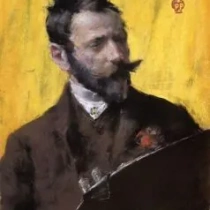 1849 - 1916
impressionism
1849 - 1916
impressionism
Description William Merritt Chase
William Merritt Chase, born in 1849 in Indiana, USA, emerged as a leading figure in American art during the Gilded Age. His artistic journey unfolded against the backdrop of a rapidly evolving American art scene, and Chase's contributions extended beyond his canvas to encompass teaching and advocacy for the arts.
Chase's early training under local artists laid the groundwork for his later studies at the Munich Royal Academy. Immersed in the academic traditions of Europe, he honed his skills and absorbed the diverse influences of Old Masters and contemporary European art movements.
Upon returning to the United States, Chase established himself as a prominent portrait painter, capturing the likeness of notable figures including President Ulysses S. Grant. However, it was his role as a teacher that became a defining aspect of his legacy.
As the founder of the Chase School of Art, later known as the New York School of Art, he shaped the next generation of American artists. His teaching methods were dynamic and progressive, emphasizing individual expression and the importance of outdoor sketching—a departure from the rigid academic norms of the time.
Chase's own art reflected a synthesis of various influences. His early works, marked by dark tones and careful compositions, gradually evolved into a more vibrant and impressionistic style. The influence of the American Impressionists, particularly his friend Childe Hassam, became evident in Chase's luminous urban scenes and landscapes.
A master of portraiture, Chase's ability to capture the personality of his subjects was coupled with a flair for depicting the elegance of modern life. His paintings often featured fashionable women, reflecting the societal shifts and aspirations of the burgeoning middle class.
Chase's travels included visits to Europe and the artistic havens of Shinnecock Hills on Long Island, where he established his summer art school. The atmospheric landscapes and coastal scenes became recurring motifs in his work, showcasing his versatility and adaptability to various subjects and styles.
William Merritt Chase passed away in 1916, leaving a legacy that extended beyond his own artistic accomplishments. His impact on American art education, characterized by an emphasis on experimentation and personal expression, contributed to the diversification of artistic styles in the early 20th century. Chase's dynamic approach to both his art and teaching remains a testament to his enduring influence on the evolution of American art.
Gallery
Paintings William Merritt Chase
Quotes
Do not be afraid of color, and remember that a picture should be a delight to the eye.
Art is not what you see but what you make others see.
Art students who paint landscape paintings should go and work alone in the woods so as to get the spirit of the scene into their canvases.
Art is the expression of the world we live in and we can't change the world until we change ourselves.
The most potent muse of all is our own inner child.
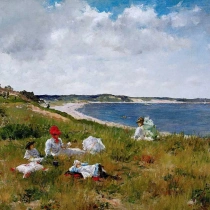
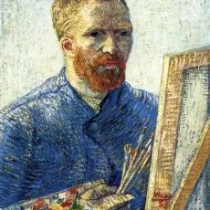
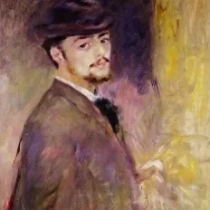
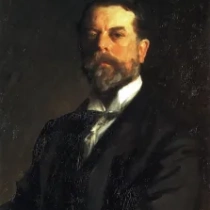
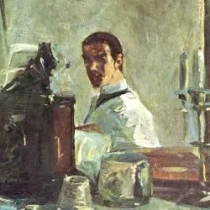
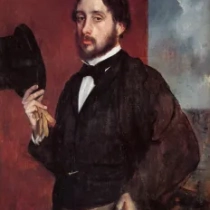
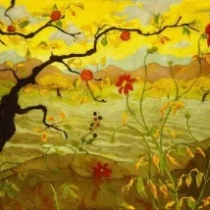
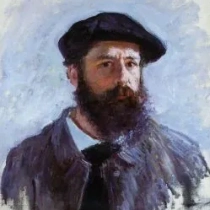
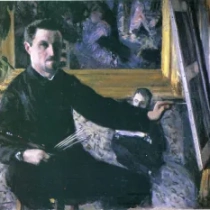
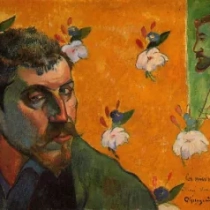
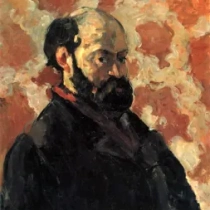
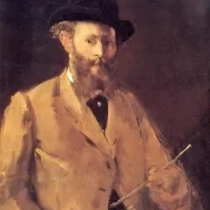
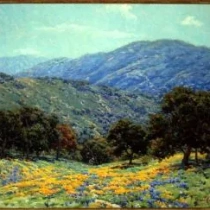
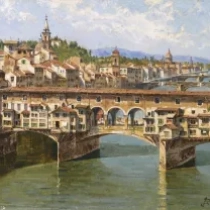
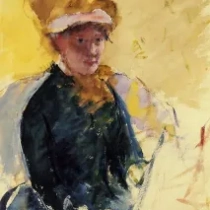
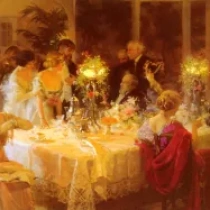
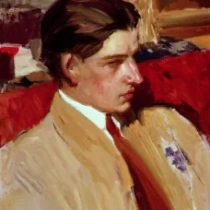
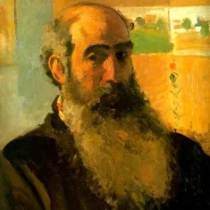
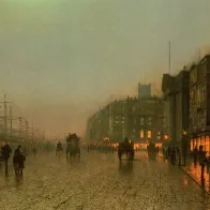
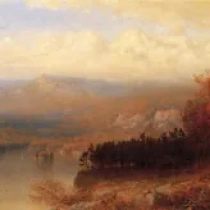
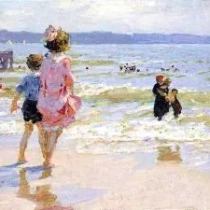
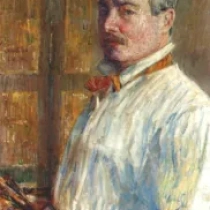
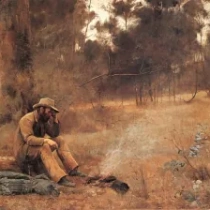
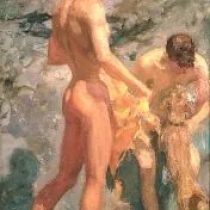
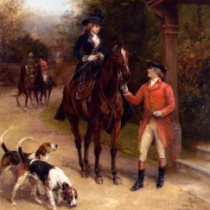
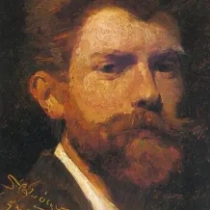
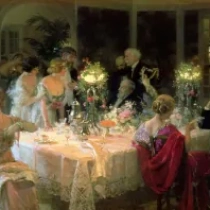
No Comments Yet...